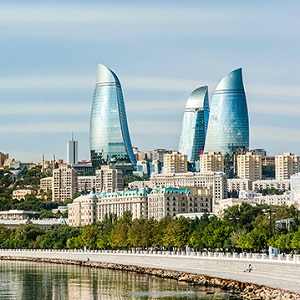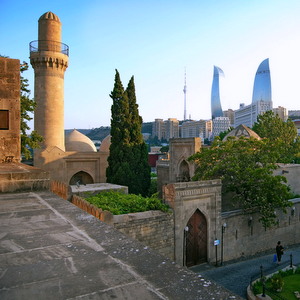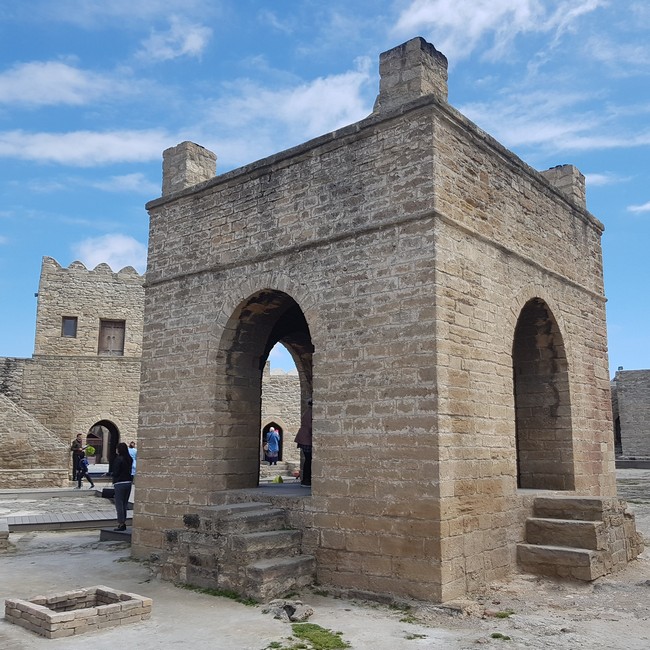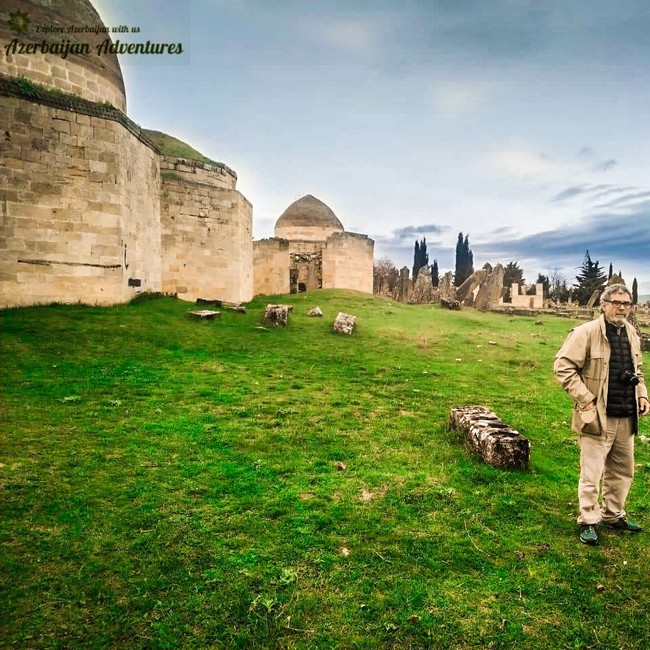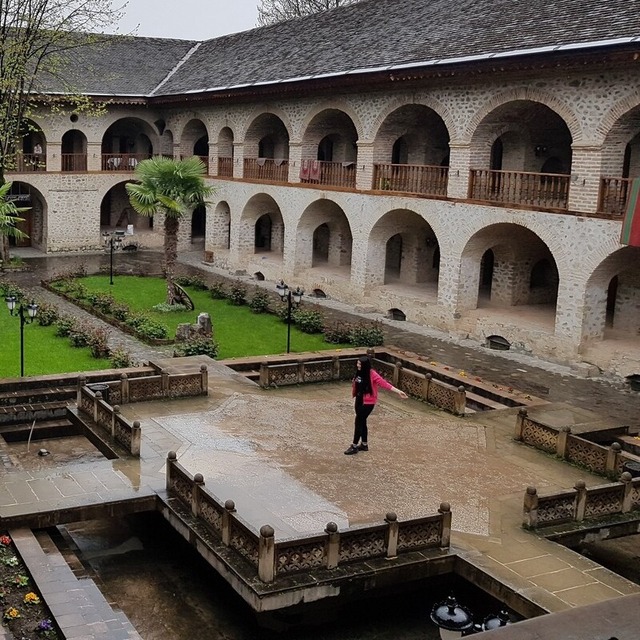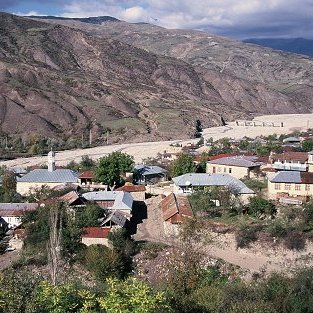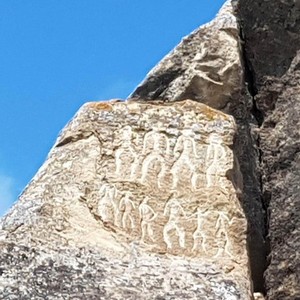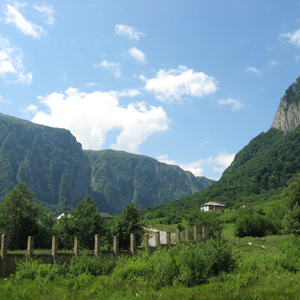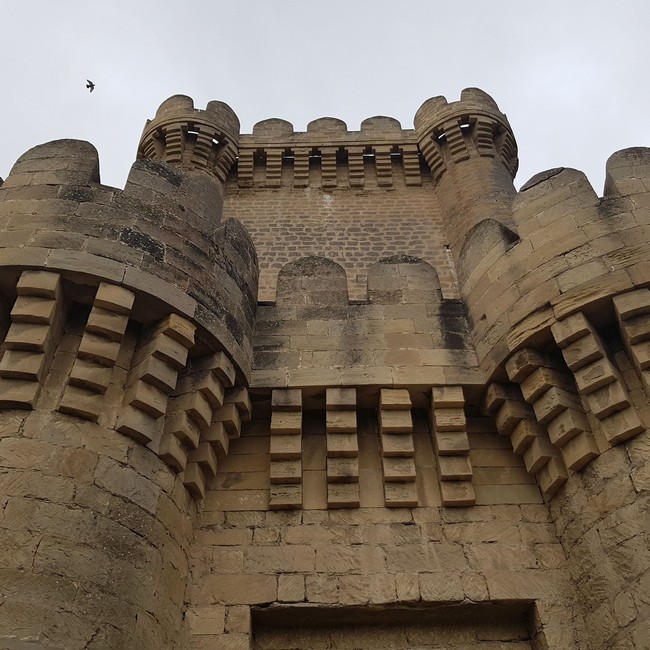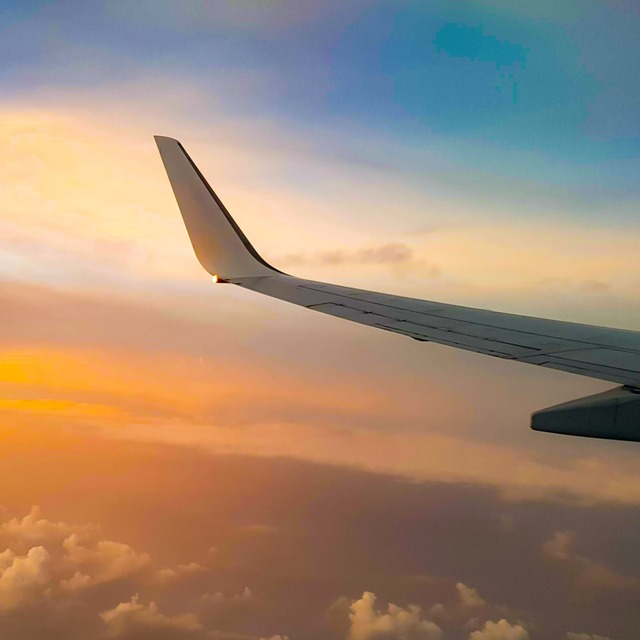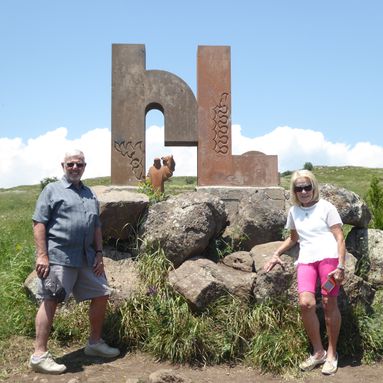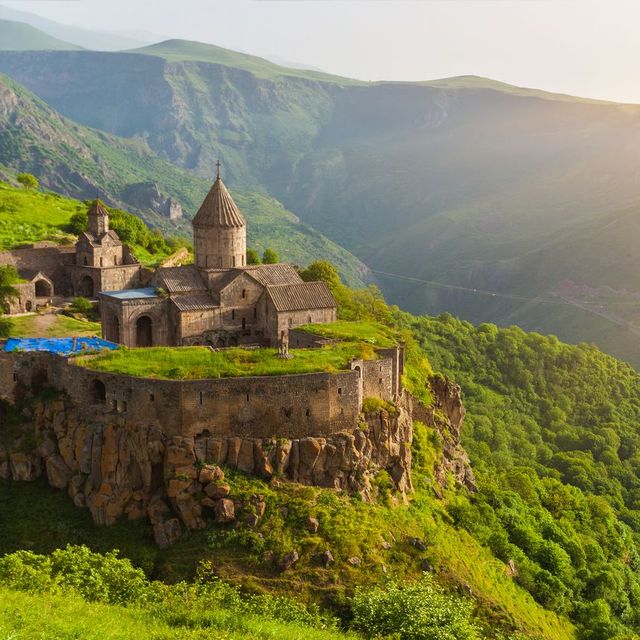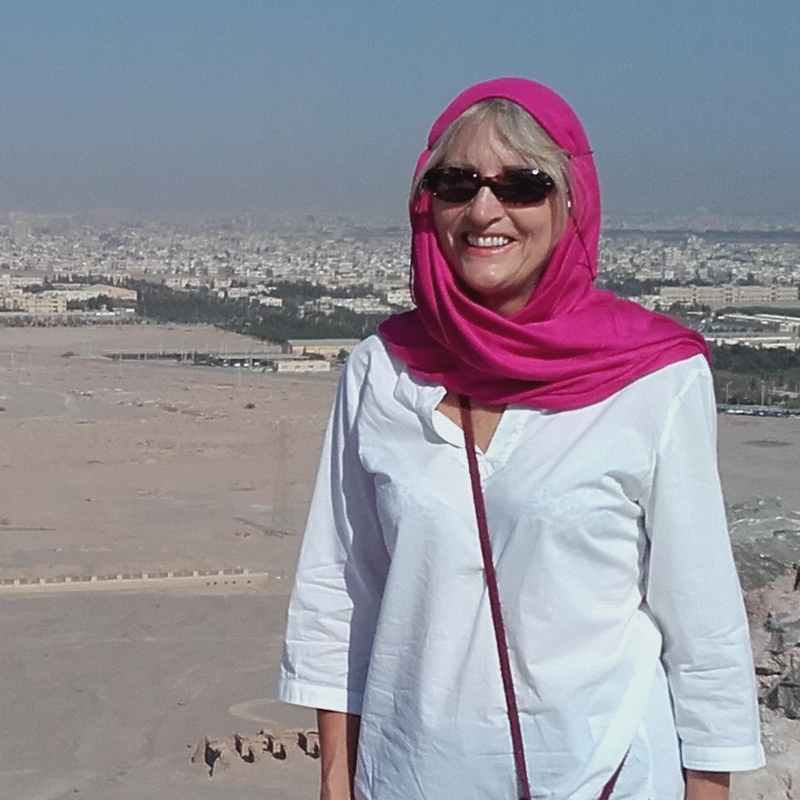See how local people trade and deal at Sheki Bazaar. On leaving Sheki, we'll pause in Ismayilly district to see village life in Lahic. And for good reason. Many of the 2,000 people living in Lahic are involved in ancient crafts such as engraved copper work and carpet weaving. Such artisanal flair travelled far and wide, for by the mid-19th century Lahic's 200 workshops were selling wares for a premium to bazaars in Baghdad and Shiraz. You can't fail to be impressed by this craftsmanship, and you'll get to see it in the guise of coppersmiths hammering away with small mallets on decorative plates, trays, jugs, goblets and pitchers.
En route to Ganja, the nation's second city, we make a detour into Mingyachevir, an industrial town on Kura river. Onward to Ganja, the programme allows for a full city tour. And rightly so. We'll visit the mosque of Safavid Persian ruler, Shah Abbas. We'll see a medieval caravanserai, the Bottle House Museum of Miniatures, as well as the mausoleum of the Great Azerbaijani poet Nizami Ganjavi. End on a visit to the local bazaar.
Check in to your Ganja hotel and rest the evening at leisure.
Overnight in Ganja Hotel, Ganja
Meal plan: Breakfast
Ganja has a rich natural, cultural and historical heritage dating back to 494 BC. The landscape is surrounded by a number of forests, vineyards, lakes, rivers and mountains. The area is famous for many mineral springs and unique medicinal oil – naphthalan. This natural substance is used as the most effective drug for the treatment of dermatological, rheumatic and neurological diseases. The Ganja sanatorium “Naftalan” is located in the heart of the ancient capital of Azerbaijan.
Lahıc is a village and municipality on the southern slopes of Greater Caucasus within the Ismailli Rayon of Azerbaijan. The population is approximately 900 people who speak the variation of Tati - Lahiji language.
Lahic is a notable place in Azerbaijan, with its authentic handicrafts traditions, particularly related to copper. The village's carpet and rug crafts are also well known in Azerbaijan and the South Caucasus.
Due to frequent earthquakes local people have developed sophisticated and authentic construction techniques. These include crosscutting stone and installation of wood. The ancient dwelling houses in Lahij have remained unchanged, as, during the past centuries, there have not been any significant changes in the urban planning. The ground floors of houses built in the main trading street are used as workshops and trade rooms. The traditional interiors of these Lahij houses include decorative tableware and other items, placed in different sized holes in the walls (known in Azerbaijan as takhcha, chamakhatan) and on wall shelves.
